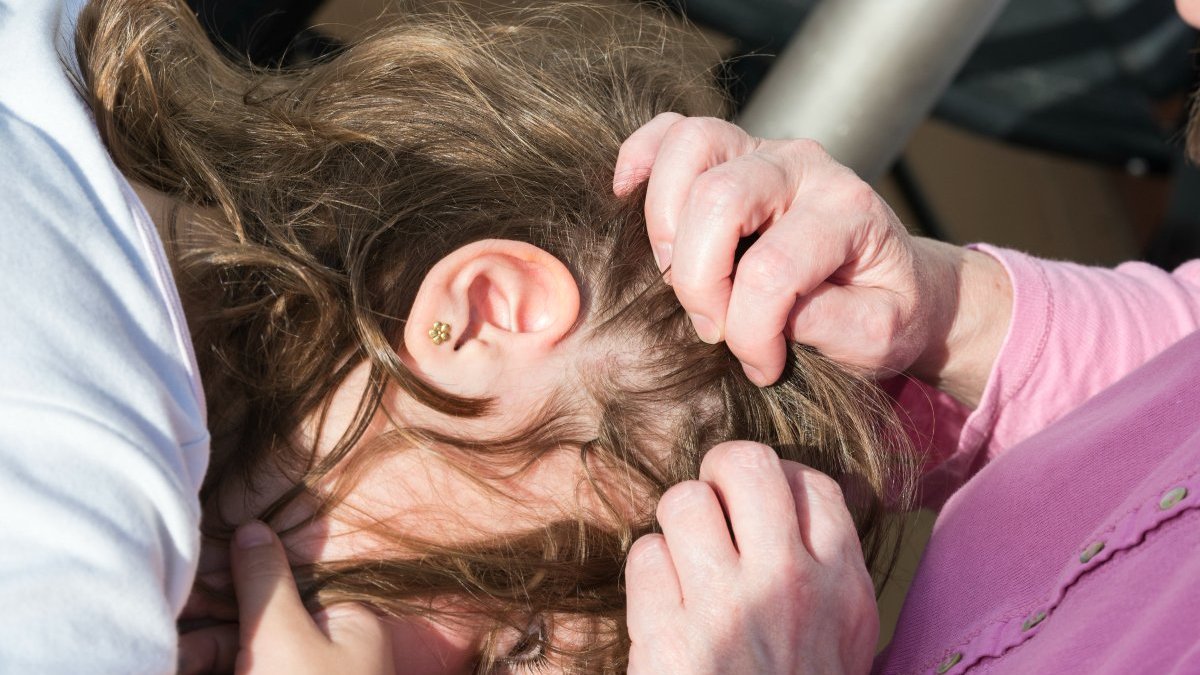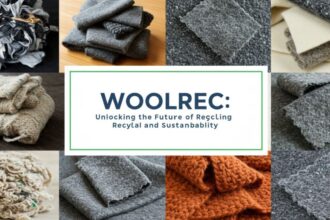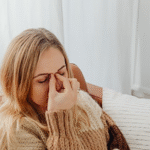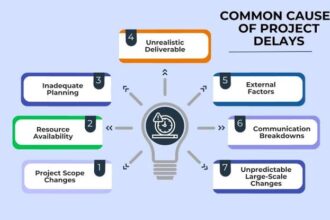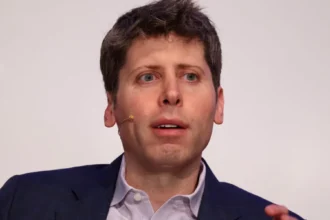Lice. Just the word can make your scalp itch. These tiny insects seem harmless at first glance, but their presence turns calm homes into anxious battlegrounds. From school outbreaks to midnight combing sessions, lice infestations aren’t just medical—they’re deeply emotional and social. But beneath the itching and frustration, there’s a surprising story of human resilience. Lice removal is more than hygiene—it’s about dignity, science, parenting, and cultural response.
The Psychological Toll: It’s Not Just Itching
Shame and Stigma Around Lice
For many, lice spark more than discomfort—they ignite embarrassment. Even though lice have nothing to do with cleanliness, families often feel judged. Lice infestations carry social weight, especially among school children, where a case of lice can mean missed days and awkward conversations.
Emotional Burnout in Parents
Parents often describe lice outbreaks as “overwhelming” and “relentless.” The nightly combing, cleaning every pillow and sheet, warning classmates—these can take a serious emotional toll. For some, it feels like a personal failure, even though lice are incredibly common.
Children and Anxiety
Kids feel the impact too. Being pulled out of school or isolated from peers due to lice can increase stress. The process of lice removal, especially nit-picking, can also be physically uncomfortable and emotionally draining for young children.
Social Biology: Why Lice Love Schools
Why Schools Are Ground Zero
Schools provide the perfect environment for lice: lots of heads in close quarters. Young children tend to hug, share hairbrushes, and sit closely, perfect for lice transfer. That’s why outbreaks often begin in kindergartens or elementary schools.
Community Impact
A single case of lice in a classroom can lead to mass emails, school-wide head checks, and panicked parents. It’s a chain reaction—proof that even tiny parasites can disrupt an entire community.
Cultural Responses Around the World
Different cultures handle lice differently. In some places, it’s routine and accepted. In others, it’s a source of deep shame. For example:
- India: Oils like neem and coconut are common treatments.
- Latin America: Traditional remedies like vinegar and fine combing are favored.
- United States: There’s more reliance on commercial lice shampoos and professional services.
The Science of Survival: How Lice Outsmart Us
Resistance to Treatments
Over the years, lice have developed resistance to pyrethroids, the most common chemicals in lice shampoos. That means that what worked ten years ago may not work today. This has led to more research into non-chemical solutions.
How Fast Can Lice Spread?
A single female louse can lay up to 10 eggs per day. That means an infestation can explode within a week if left untreated. The urgency this creates makes the lice removal process even more stressful.
Do Pets Carry Lice?
Thankfully, no. Lice are species-specific. Your dog or cat cannot give you lice, and you can’t give lice to them.
The Fight for Clean Scalps: Lice Removal Methods
Manual Removal (The Nit Comb Strategy)
This method, while old-fashioned, is still the most reliable. A fine-toothed nit comb, used every night for at least two weeks, ensures you remove both lice and their eggs.
Over-the-Counter Treatments
These include shampoos and lotions, usually containing permethrin or pyrethrin. However, due to growing resistance, they’re not always effective.
Prescription Treatments
When OTC products fail, doctors may prescribe stronger topical treatments like malathion or ivermectin.
Professional Lice Removal Clinics
These clinics use heated air treatments or manual removal services. While effective, they’re expensive and not always accessible to everyone.
Home Remedies: What Works and What Doesn’t
Common home remedies include:
- Vinegar: May help loosen nits, but won’t kill lice.
- Mayonnaise/Oils: Intended to suffocate lice, but results are mixed.
- Tea Tree Oil: Popular, but can irritate sensitive skin.
Sanitizing the Environment
Do You Need to Clean the Whole House?
Not entirely, but certain steps help:
- Wash bedding, clothes, and towels in hot water.
- Vacuum couches, rugs, and car seats.
- Seal non-washable items in plastic bags for 2 weeks.
Lice can’t live more than 24–48 hours off the scalp, so deep cleaning isn’t always necessary—but it offers peace of mind.
The Role of Schools and Public Policy
Should Schools Send Kids Home?
Policies vary. The “no-nit” rule—where children can’t return to school until all nits are gone—is controversial. Critics say it causes unnecessary absences and stigmatization.
How Schools Can Help
- Teach basic hygiene without shame.
- Send neutral notifications about outbreaks.
- Offer resources instead of blame.
A community-first mindset helps prevent both lice and panic.
Conclusion: Turning Itches into Insights
Lice are unpleasant. But they’re also part of the human story—of schools, families, and how we protect one another. They challenge our patience, test our emotional strength, and even teach us humility. So the next time your scalp itches and panic sets in, remember: lice are survivors, and so are we.
With smart strategies, clear communication, and a dose of empathy, lice removal becomes more than treatment—it becomes a triumph.
FAQs
1. How can I tell if my child has lice?
Look for itching, red bumps, and tiny white nits stuck near the scalp. You might also see live lice crawling near the ears or the neckline.
2. Are lice dangerous to health?
Not typically. Lice don’t carry diseases, but scratching can lead to secondary skin infections. The main concern is discomfort and social stigma.
3. How long does lice removal take?
It depends on the method. Manual removal requires combing for at least 10–14 days. Chemical treatments often need follow-up applications. Patience is key.
4. Can adults get lice, too?
Absolutely. While lice are more common in children, adults can get them, especially from close contact with an infested person or shared items like hats or brushes.


